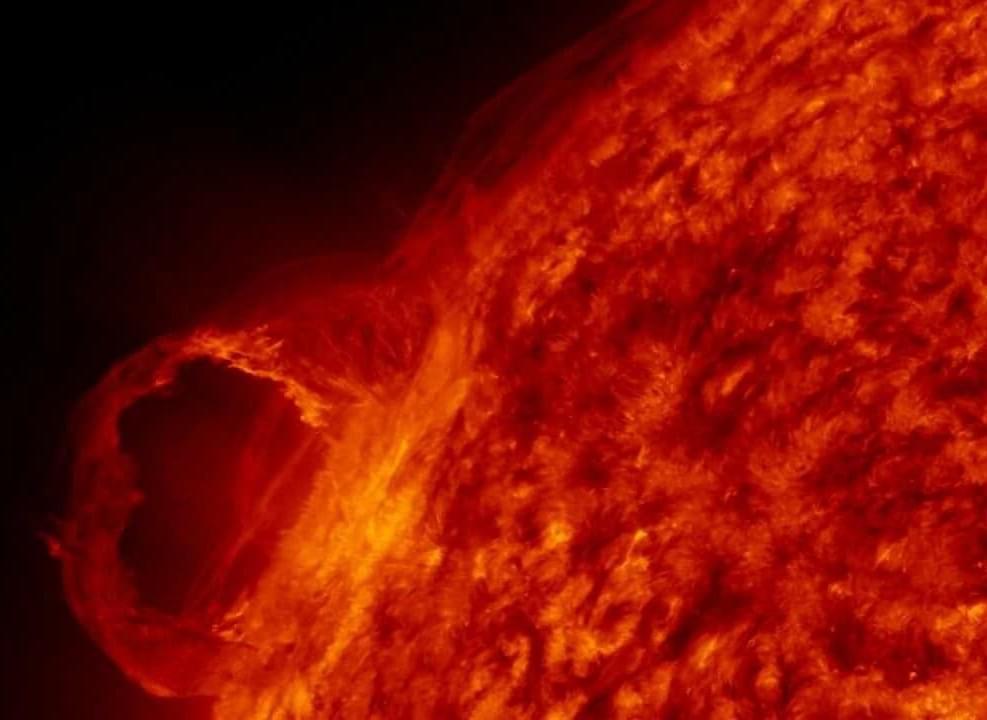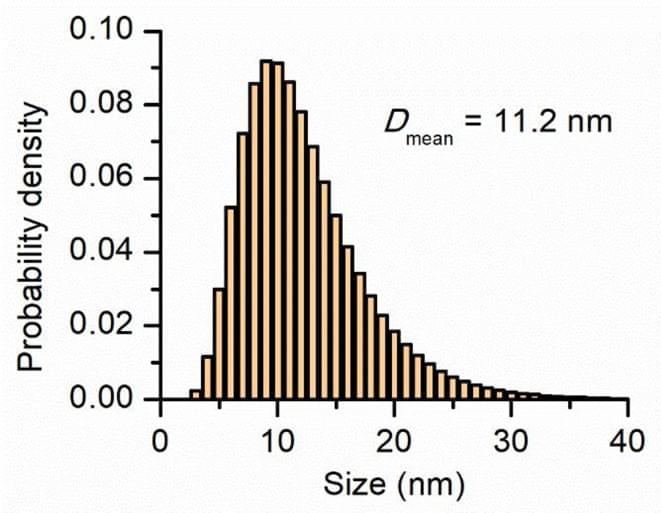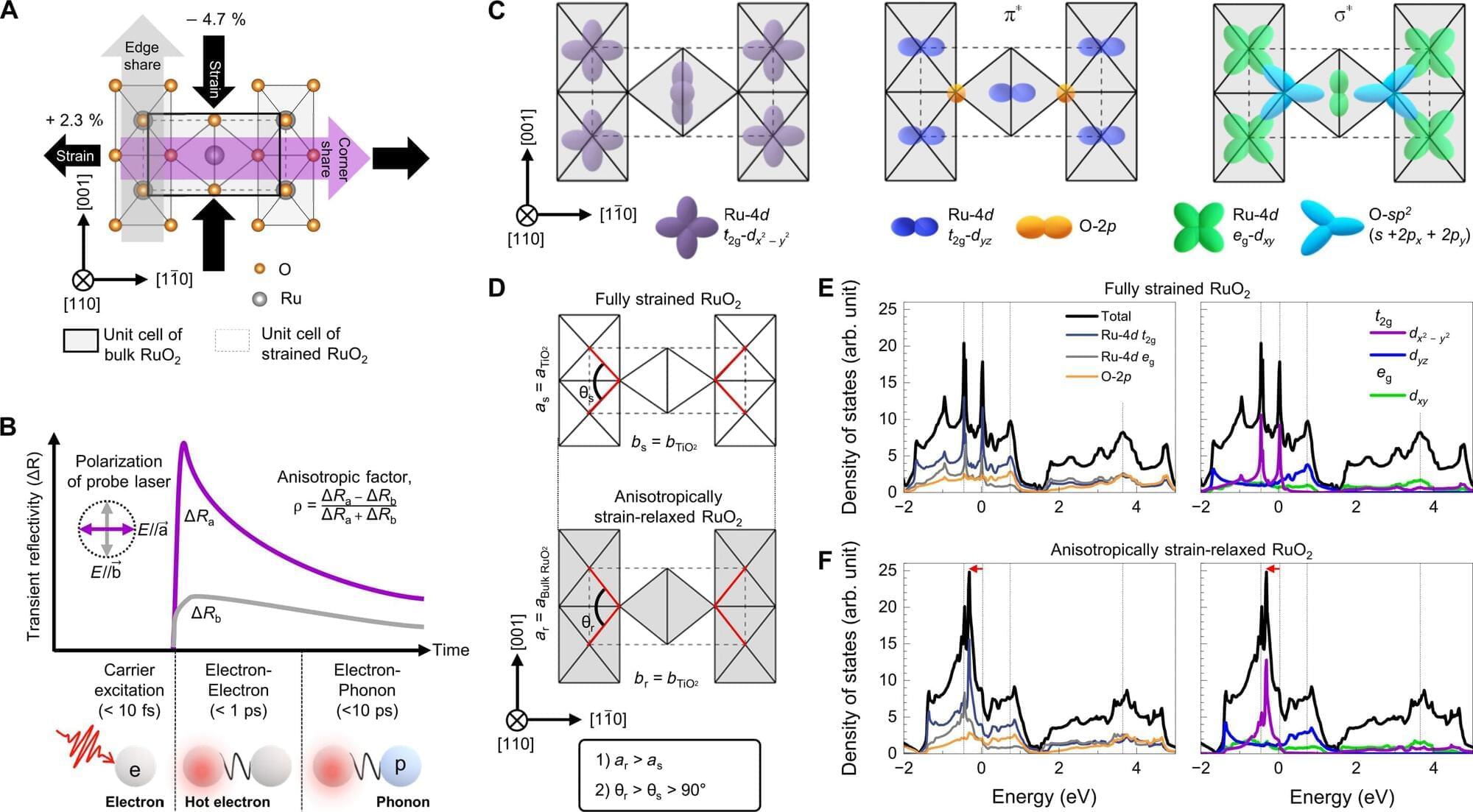The stuff THEY don’t want you to know. Who is they? The government? The illuminati? Are they the same? Who pulls the strings of power in the world? It may not be the people we think it is. And those running our world are not the people we elected. For centuries the powerful have kept secrets from the prying public. But with the advancement of technology, it has never been easier for the masses to seek out the truth — and expose the lies. They will stop at nothing to protect their agenda. Is this channel safe? Are YOU safe?
Grab your tinfoil hat and let’s dig into secrets, unsolved mysteries, coverups and conspiracies!








